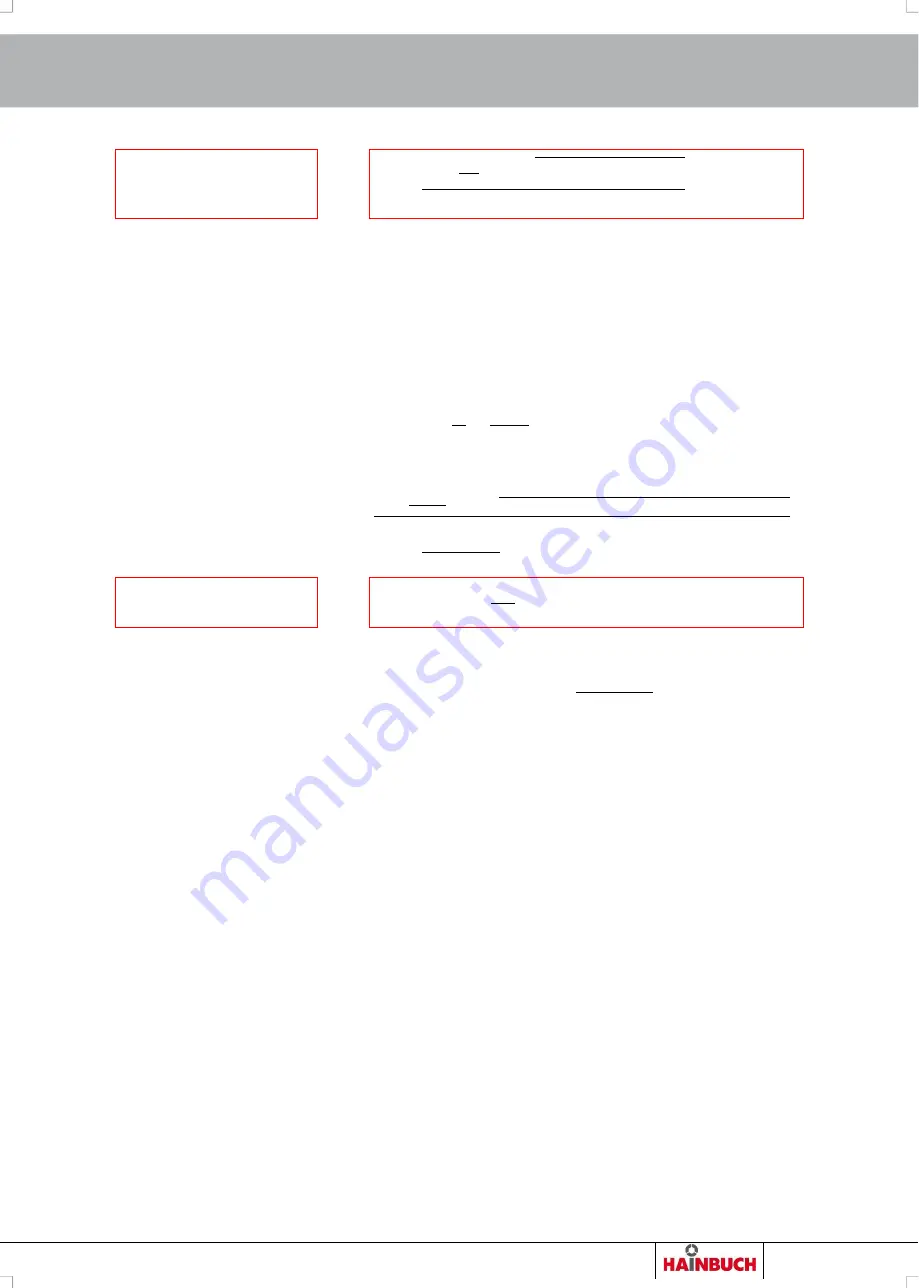
HYDROK
Use and limits of use
Order h49 7144.907-333
51
III
𝐹
𝑠𝑘
=
(0.27∗
𝐿𝑧
𝑑𝑠𝑝
+0.63)∗√(𝐹
𝑐
∗𝐿
𝑧
+𝐹
𝐺
∗𝐿
𝑔
)
2
+(𝐹
𝑐
∗𝑃)
2
0.5∗(0.67∗(1.9∗𝐿
𝑠𝑝
−4.5𝑚𝑚)+𝜇
𝑎
∗𝑑
𝑠𝑝
)
𝐿
𝑧
= 𝐿
𝑤
= 133𝑚𝑚
, since the shaft should be
surface-turned at the front end of the shaft.
𝐿
𝑔
= 75𝑚𝑚
, since the center of gravity is located
centrally on the longitudinal axis of the work-
piece.
𝐿
𝑠𝑝
= 17𝑚𝑚
, corresponds to the total clamping
length less the front-end length of the clamping
head.
𝑃 =
𝑑
𝑧
2
=
57𝑚𝑚
2
= 28.5𝑚𝑚
, because of a longitu-
dinal turning operation
𝐹
𝑠𝑘
=
(0.27∗
133𝑚𝑚
60𝑚𝑚
+0.63)∗√(1226𝑁∗133𝑚𝑚+33𝑁∗75𝑚𝑚)
2
+(1226𝑁∗28.5𝑚𝑚)
2
0.5∗(0.67∗(1.9∗17𝑚𝑚−4.5𝑚𝑚)+0.16∗60𝑚𝑚)
𝐹
𝑠𝑘
=
207838𝑁𝑚𝑚
14.11𝑚𝑚
= 14727𝑁
IV
𝐹
𝑓𝑧
= 𝑚 ∗ 𝑟
𝑠
∗ (
𝜋∗𝑛
30
)
2
from Table 11:
𝑚
=
1.6
5
𝑘𝑔
,
𝑟
𝑠
=
0.026𝑚
𝐹
𝑟𝑎𝑑 𝑒𝑟𝑓
=
1.6
∗
1.3
∗
(1.6
∗
(𝐹
𝑠𝑧
+
𝐹
𝑠𝑘
)
+
𝐹
𝑓𝑧
)
𝐹
𝑟𝑎𝑑 𝑒𝑟𝑓
=
1.6
∗
1.3
∗
(1.6
∗
(14703𝑁
+
14727𝑁)
+
301
𝑁)
𝐹
𝑟𝑎𝑑 𝑒𝑟𝑓
=
9
8569
𝑁
=
9
9
𝑘𝑁
Since the size 65 clamping head chuck can exert a maximum
radial clamping force of
𝐹
𝑟𝑎𝑑 𝑚𝑎𝑥
=
120𝑘𝑁
, this satisfies Prin-
ciple 1.
In this example, Principle 2 does not apply because work is
performed without a tailstock in this case.
Principle 3 would also be satisfied, because the calculated
cutting force of
𝐹
𝑐
=
1226𝑁
is well below the limit of
𝐹
𝑐 𝑚𝑎𝑥
=
5
0
00𝑁
.
On the other hand, Principles 4 and 5 are immaterial in this
example because both principles only need to be considered
in relation to radial drilling operations.
Result of the sample calculation
All limits have been checked.
The axial actuation force is proportional to the radial clamp-
ing force and interpolation can therefore be used to deter-
mine this on the basis of the values for
𝐹
𝑎𝑥 𝑚𝑎𝑥
and
𝐹
𝑟𝑎𝑑 𝑚𝑎𝑥
,
as indicated on the clamping head chuck, or you can consult
−1
)
2
𝐹
𝑓𝑧
= 1,65𝑘𝑔 ∗ 0,026𝑚 ∗ (
𝜋∗800𝑚𝑖𝑛
30
𝐹
𝑓𝑧
= 301𝑁






























